
SpeedHunters- 70s Spirit: The IMSA 240Z
 The 1970s: a decade full of such automotive greatness that it’s almost impossible to sum up everything we love about it. The cars that we know from that era weren’t just fast and cool looking, they were a bit outrageous. It was a time of wide wheels, wide fenders, bright colors and production-based race cars that were routinely making two or three times the amount of horsepower they were originally designed for.
The 1970s: a decade full of such automotive greatness that it’s almost impossible to sum up everything we love about it. The cars that we know from that era weren’t just fast and cool looking, they were a bit outrageous. It was a time of wide wheels, wide fenders, bright colors and production-based race cars that were routinely making two or three times the amount of horsepower they were originally designed for.
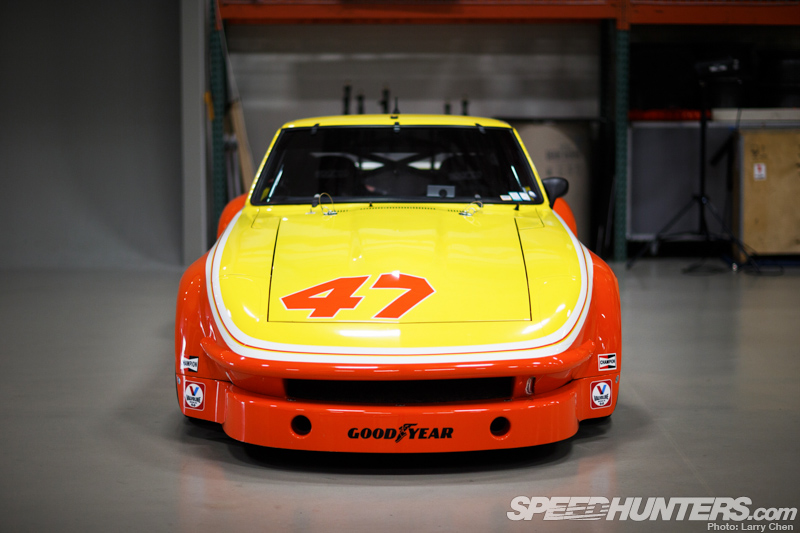

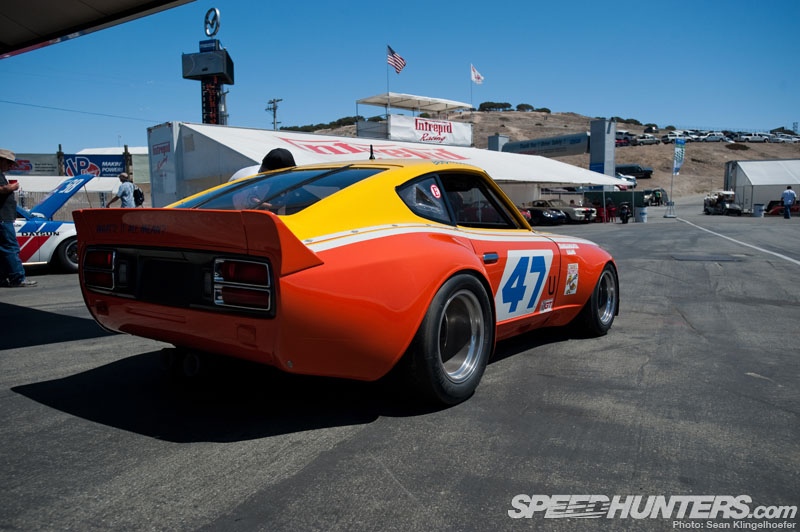








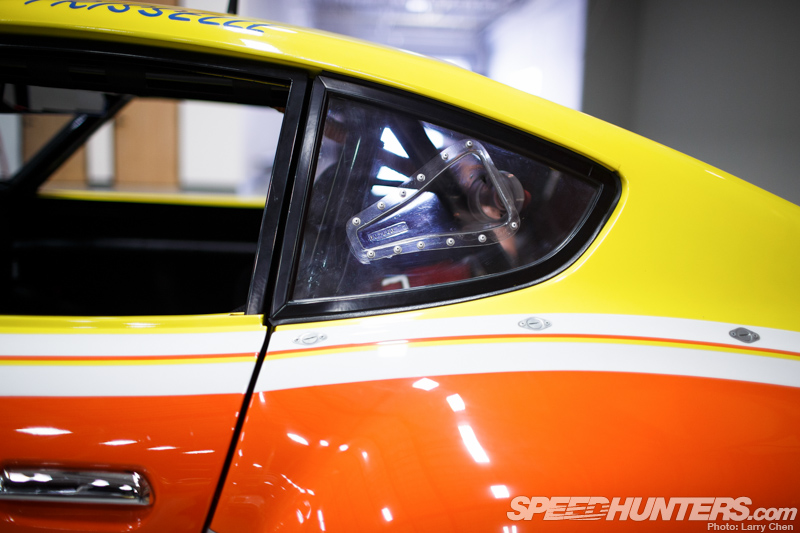



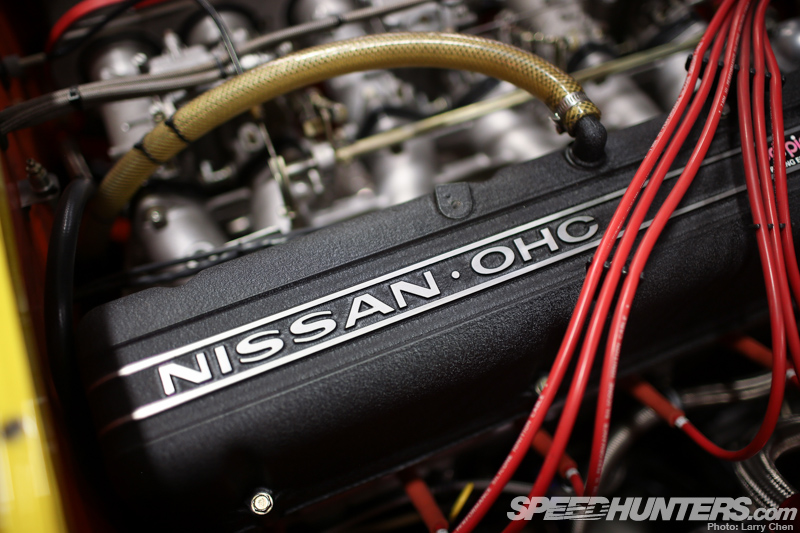









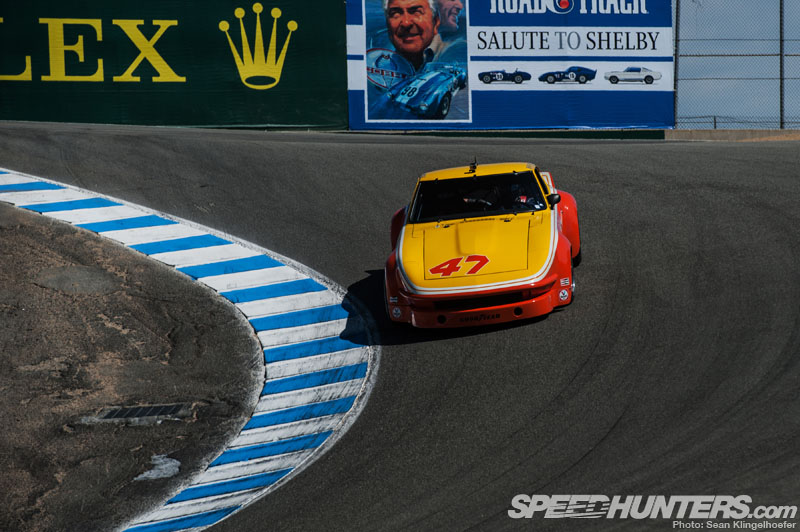

LATEST POST
- Canepa Shop Walk – Week of January 3rd, 2025 January 3, 2025
- Canepa Shop Walk – Week of December 27th, 2024 December 27, 2024
- 1969 Ford Bronco “Big Oly” Restoration December 12, 2024
- Canepa Shop Walk – Week of November 22nd, 2024 November 22, 2024
- Canepa Shop Walk – Week of November 15th, 2024 November 15, 2024
